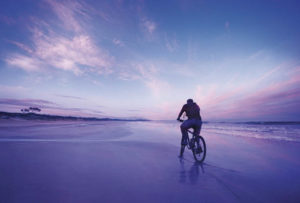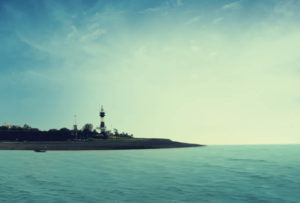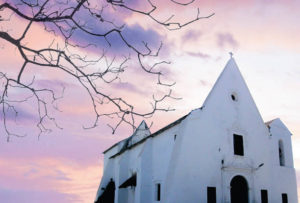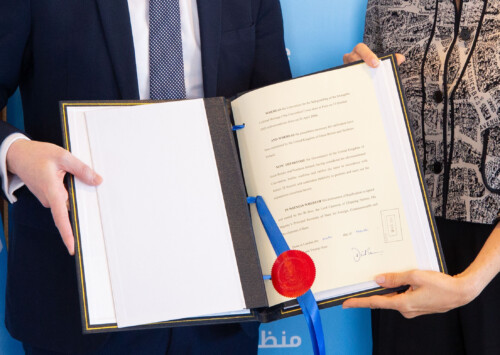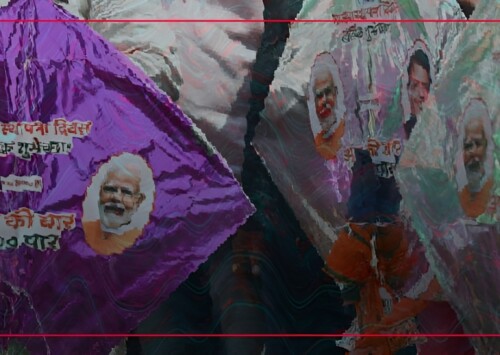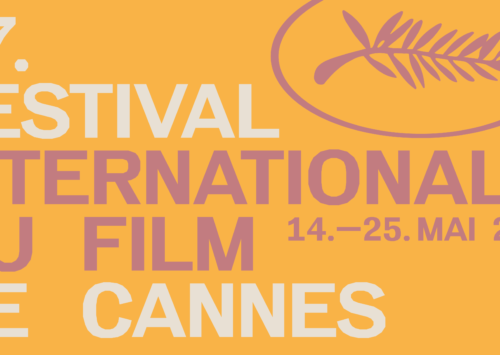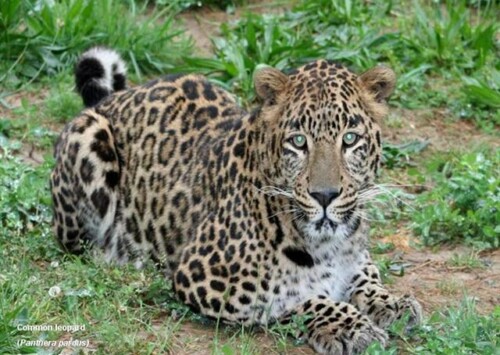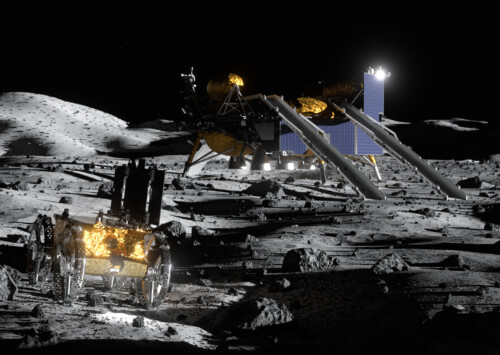A beach holiday at Daman and Diu
Daman and Diu Tourism was amongst the many tourism boards promoting their destination at the 5th edition of SATTE, one of South Asia’s leading travel and trade shows that was held on 19-20 August 2016 in Mumbai. The travel show featured national and international boards, travel agents and tour operators, airlines, hotels, resorts and IT companies and catered primarily to the travel-trade fraternity of the western Indian states of Maharashtra, Gujarat and Goa.
While tourism boards from states like Gujarat and Goa have been promoting their destinations for a long while with aggressive campaigns, Daman and Diu is relatively new to the business.
The smallest Indian territory, that lies sandwiched between Maharashtra and Gujarat,is promoting the destination through its campaign ‘Ila de cama’, Portuguese for the ‘Isle of calm’. Both Daman & Diu formed part of the Portuguese possessions in colonial India, along with Goa and retain several aspects of Portuguese culture, lifestyle and architecture, nearly 55 years after their departure.
Destination Diu
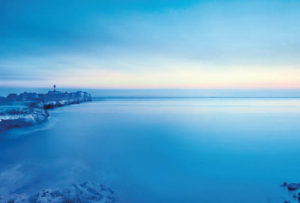
The Fortress of Pani Kotha , a stone structure built in the middle of the sea between the island and the mainland
Diu, a small island with Portuguese influence is known for its calm environs and pristine beaches. Of the many small beaches that lie in Diu by the Arabian Sea, the Nagoa beach, offers the maximum sports activities. The two and a half kilometer long, horseshoe-shaped beach is where one can go para-sailing, wind surfing, water skiing and banana boat riding. “Nagoa beach hosts weekenders from Mumbai city, which is not too far from the island. It is sparsely crowded and at times so much so that you can have the entire beach to yourself making it perfect for a getaway,” Meghna Sharma, manager, Society for promotion of tourism, art and culture, told Media India Group. Chakratirth beach, Ghogla beach, Jallandhar beach, Gomitama beach are other beaches in the 38.8 sqkm area of Diu.
Sharma also talked about the temples and churches here that date back over 400 years and showcase Portuguese style and architecture.
Besides these sites, the activities that a tourist could indulge in include bird spotting, dolphin spotting and the festivities around the Liberation Day- the day when it won freedom from Portuguese rule in 1961.
Daman and Dadra & Nagar Haveli
The district of Diu is teamed with Daman, together with which it makes a Union Territory. An excellent recreation spot, Daman or Damao, like Diu, has beaches to relax at and a Portuguese pre-eminence in its neighbourhood. The little laid-back district, where the Daman-Ganga river flows, is mostly visited by people from the neighbouring Gujarat state or Mumbai city who come here to relax at the Devka beach or Jampore beach and pay a visit to the Church of Bom Jesus and the Moti Daman fort.
The territory of Dadra & Nagar Haveli has been only recently associated with the islands of ‘Daman & Diu’ which are spoken of collaboratively without a mention of the former. Dadra and Nagar Haveli’s shared capital, Silvassa, is a tourist spot and a weekend getaway destination for people from Gujarat and Maharashtra. The Dhudni lake, Nakshatra garden, Vangana lake garden, Satmalia deer park are some of the sites to see here; the Tapra festival and the Vasona lion safari make for great experiences. Dadra and Nagar Haveli is an untapped destination and many people don’t even know of it but it is worth exploring along with Daman & Diu,” said Sharma.
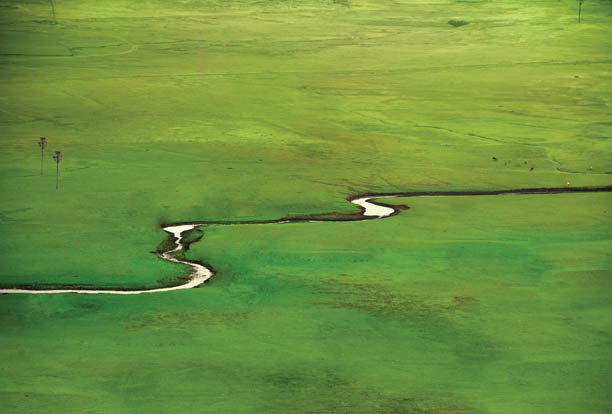
Dadra Nagar Haveli has expansive grasslands; this one at Khanvel is a tourist spot
While Dadra, a very small enclave, is surrounded by Gujarat, Nagar Haveli is wedged between Maharashtra and Gujarat.
Promotions galore – Asia’s longest beach festival
In an effort to boost the island as an ideal tourist destination, Daman & Diu organized Festa de Diu, literally Festival of Diu. The festival spanned across three months, December 2015, to February 2016, and was Asia’s longest beach festival. The 77 days of festivities saw various concerts, carnivals, jam sessions with more than 300 artists performing live. Heritage walks and various workshops were also organised. “For the workshops, we had different themes for different clients. For instance, for the children’s week, we had put together various art and pottery classes. The wellness week saw Yoga and diet sessions and daily morning Ragas,” said Sharma.
However, this time around the board is planning to drastically cut down on the number of days of the festival, which may be celebrated for about 15 days around Christmas.

